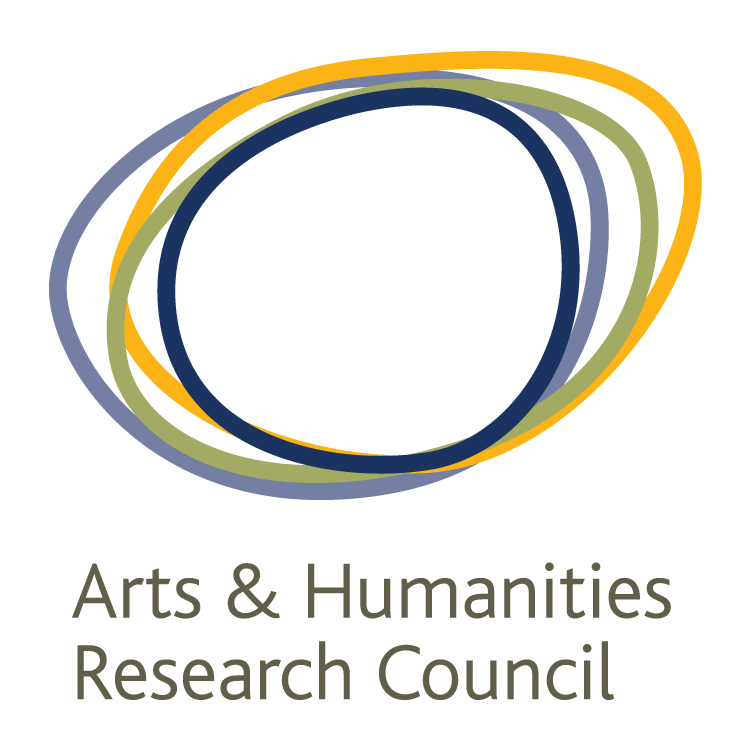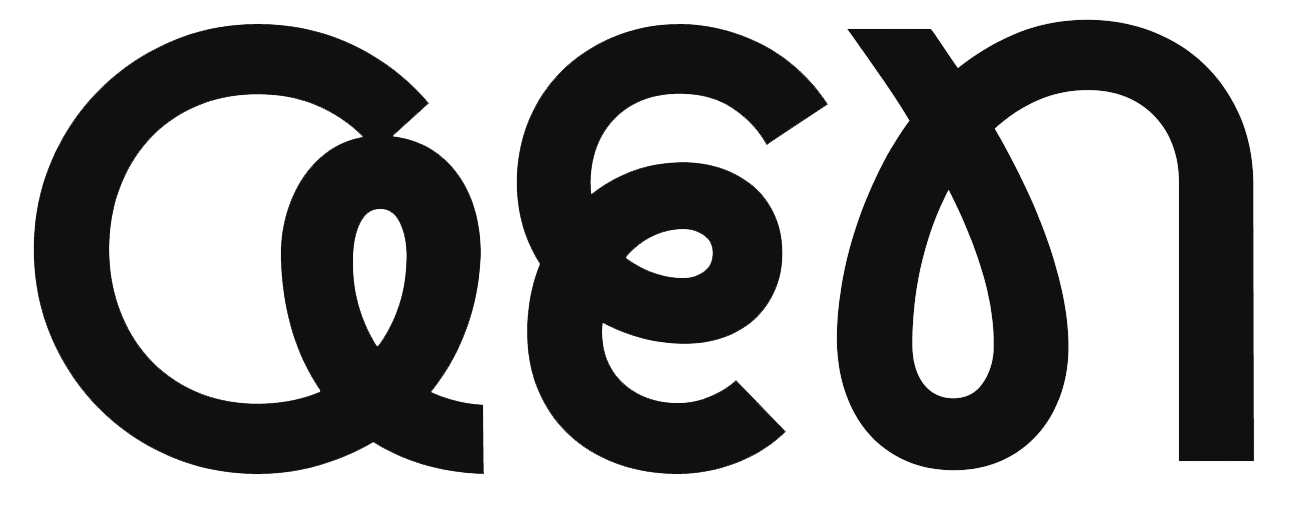House of the Beautiful Courtyard, Herculaneum
Banner Images: Parco Archeologico di Ercolano; House of the Beautiful Courtyard, view from the entrance to the staircase (left) and reception space (right); Amedeo Maiuri's Open Museum, 1956; Roman Wall painting in the House of the Beautiful Courtyard; terracotta figure of Isis Lactans from the Parco Archeologico di Ercolano's collection; surviving wooden figure from the Parco Archeologico di Ercolano's collection.
Expanded Interiors is developing a site-specific installation for The House of the Beautiful Courtyard, in response to its unique structure, decoration, and rich history.
Excavated by Amedeo Maiuri between 1931 and 1938, the House of the Beautiful Courtyard was also part of Maiuri’s Open Museum, in which he exhibited Roman objects found in Herculaneum. The house located in the Regio I, Insula V, also features an unusually large reception room that is decorated with a beautiful fourth style wall painting. Like Maiuri, Expanded Interiors will take an experimental approach to exhibiting Roman objects on site. It will also explore through fine-art practice the various artistic strategies with which the Roman wall painters embedded their work within physical surroundings, and responded to specific social, economic and cultural context.
The site-specific installation at Herculaneum also complements the Expanded Interiors installation at The House of the Cryptoporticus, in Pompeii. Both houses have distinctive spaces that have strongly contrasting physical qualities and private/public functions. Consequently, they are adorned with particular types of wall paintings, and will allow for the development of different, yet connected, contemporary fine-art installations.
Expanded Interiors as part of the Maiuri Pop-Up
Catrin Huber’s Expanded Interiors installation, will be the last of several “pop-up” initiatives exhibited throughout the archaeological area of Herculaneum, celebrating the 90th anniversary of Amedeo Maiuri beginning open air excavations on the site in 1927.
Amedeo Maiuri (1886–1963) was the Soprintendente of Naples and Pompeii (1927 to 1961), a controversial archaeologist under whose directorship huge excavations in Herculaneum and Pompeii took place. His approach challenged conventional and perhaps “true” recreations of the sites, by reorganising and “staging” objects found in one house, within the context of another. Whilst some have criticised his approach and highlighted the political context within which he worked, others have described his methods as futuristic, creating new narratives to shape the visitors’ experience.
Expanded Interiors will bring contemporary fine-art practice in dialogue with the House of the Beautiful Courtyard, which was one of Maiuri’s exhibition spaces (Open Museum). Expanded Interiors will take an experimental approach to finding fresh ways of connecting the past and the present, while developing new ways of displaying replicas of artefacts on site.
Expanded Interiors will also explore the various artistic strategies with which Roman wall painters embedded their work within physical surroundings and responded to specific social, economic and cultural contexts. The site-specific installation at Herculaneum also complements the Expanded Interiors installation at the House of the Cryptoporticus in Pompeii.
The house
Located in the Regio I, Insula V, south of the Decumanus Maximus of Herculaneum, the House of the Beautiful Courtyard was excavated by Amedeo Maiuri between 1931 and 1938. The house is the result of the fractioning of a much bigger property that originally comprised the Casa del Bicentenario and the Casa dell’Apollo Citaredo. During the second half of the 1st century A.D. the House of the Beautiful Courtyard was separated by the Casa del Bicentenario: as a result of that, and because of the lack of space, the house had to develop vertically, rather than horizontally, and its plan and layout differed considerably from some more traditional house schemes that it is possible to see in Herculaneum.
With the exception of the oecus, which is one of the largest reception halls found so far in the city, the rooms of the House of the Beautiful Courtyard were quite small. The entrance to the house was placed on the side, from Cardo V, and led to a rectangular room that was unusually placed transversally. A small room, possibly a kitchen, was placed to the left of the entrance, while a group of three cubicula and a small latrine opening along a narrow corridor was placed to the right.
However unusual the design, the axial disposition of the rooms of the house was still maintained. Therefore, along the main (albeit short) axis of the house, right in front of the entrance, a small room was placed that acted as a filter between the entrance room and a small courtyard to the back. At the end of the visual axis, the masonry staircase (one of the few found in Herculaneum) led to the rooms of the first floor. The courtyard also acted as the centre of the building, creating a second transverse axis that linked together a big reception hall (the oecus), the courtyard and a large room at the back (possibly a triclinium).
The first floor was organised around two sets of rooms: the first, simpler and decorated with white panels and small decorative elements, opened towards the courtyard. The other, more richly decorated, set of rooms, was still accessible from the staircase but opened with a balcony on the street below, and was decorated with mosaic floors and elaborate Fourth Style paintings in two of the rooms.
Maiuri's Open Museum and exhibitions
May 2017 – May 2018 marks the 90th anniversary of the controversial Italian archaeologist Amedeo Maiuri’s (1886-1963) start of open-air excavations at Herculaneum.
Maiuri worked as Soprintendente of Naples and Pompeii between 1927 and 1961 and under his direction, huge portions of the city of Herculaneum were brought to light. Maiuri’s organisational ability and incessant drive partially explain his success in excavating the site: he made careful plans for processing the huge amount of soil that had to be removed from the excavation (compared to Pompeii, that was buried by “only” five meters of volcanic material, Herculaneum lays under up to 20 metres of volcanic material) and carried out the reconstruction and the restoration of many buildings as the excavation progressed. However, it should also not be forgotten that he worked under a Fascist government that was keen to invest large sums of money in the exploitation of sites that could celebrate the ‘glorious’ Italian past for its own political agenda.
The House of the Beautiful Courtyard was excavated by Amedeo Maiuri between 1931 and 1938. In 1956, Amedeo Maiuri opened a small museum in the house, the idea being to display objects found during the excavations in Herculaneum, rather than sending them to the National Archaeological Museum in Naples as it had happened in the past. The new Antiquarium displayed objects that were chosen in order to suggest the daily life in the ancient city before the eruption: a candelabrum was placed in the big room next to the entrance, while organic finds were displayed in the so called tablinum, together with two statues found in the excavation of the Area Sacra, a small herm from the Casa a Graticcio, some food remains, fragments of a musical instrument, the sole of a sandal, fragments of fabric and a wooden box for coins and jewels. The exhibition continued in the large reception room of the building, where artefacts were displayed in small cases and grouped according to their typology: among others, candelabra, lamps, sculptures, bronze and terracotta vessels, small statuettes (among which were displayed an Isis Lactans and a small statue of the Egyptian god Bes), marble and glass artefacts. The display was continuously enriched by finds discovered during the excavations carried out after 1956, such as a bronze statue of Bacchus from the Bottega del Plumbarius and a statue of the Egyptian god Atum, found in the Palestra, but also by fragments of frescoes that were brought back to Herculaneum from the National Archaeological Museum in Naples.
For further information on Amedo Maiuri please see the following recently published book by Domenico Camardo and Mario Notomista: Camardo D., Notomista M. (eds.), Ercolano: 1927-1961. L’impresa archeologica di Amedeo Maiuri e l’esperimento della città museo, Rome: Bretschneider.
The wall paintings
As with many other houses in Pompeii and Herculaneum, the decoration of the House of the Beautiful Courtyard varied in quality and nature. Interventions occurred during the life of the building that resulted in rooms being decorated at different times and to respond to the diverse functions of the spaces in a house. Therefore, while the room placed north of the courtyard of the House of the Beautiful Courtyard (possibly a triclinium) was still decorated with a Third Style scheme, a new Fourth Style redecoration was applied to most of the remaining house during the 1st century AD. Particularly striking is the decoration of the large oecus, opening to the south of the courtyard: the walls were entirely covered by a late Third Style monochrome decoration with carefully placed architectural motives.
Objects found in the house
Among the many artefacts found in the House of the Beautiful Courtyard many were commonly found in Roman houses. Although there is no record of where exactly in the house the artefacts were found, it is likely that pots for cooking, such as pans and cauldrons, could be used in the small kitchen that was placed next to the entrance. Vessels for serving food and drinks, refer to the meals that took place in one of the reception rooms of the building. A small bronze patera with a beautiful representation of Leda and the swan, jugs, and large bronze basins, could refer to the ritual of washing hands before banquets (ablutio). Jugs and cups are also used as tiny decorations on the walls of the oecus, possibly referring to some of the activities that were carried out in the room. During the eruption, Herculaneum was hit by a huge pyroclastic surge that reached temperatures of around 4000 C. This caused the immediate death of all those who had remained in the city and the carbonization of many organic materials, such as the small three-legged wooden table with beautifully decorated legs and the basket made with woven vegetable fibre that were found in the house.
Herculaneum
Herculaneum was a much smaller town than neighbouring Pompeii, with a population of approximately 4,000 people. However, it was wealthier than Pompeii, possessing an array of fine houses with lavish decorations and furniture. Researchers have been able to date back the earliest phases of the city to the 4th century BC.
Unlike Pompeii, the AD 79 eruption of Mount Vesuvius covered Herculaneum completely with 20m of volcanic material. The material came from the pyroclastic surge that hit the city with full force and with a temperature of 400oC, killing everybody instantly and carbonizing the objects. The city was spared the fall of pumice stone and of other materials that hit Pompeii: this explains why most of its buildings did not collapse as in the neighbouring city.
Because of the nature of the deposit and their quick carbonisation, materials that would not be normally preserved underground have been found almost completely unaffected. Incredibly, wooden furniture and sculptures and also very fragile remains, such as food, have survived the disaster and are displayed and stored onsite and in the National Archaeological Museum in Naples.
In 1738 underground digs began, following the digging of a well in 1709, using tunnels and ventilation shafts. In 1828 open-air digs were authorised, but ground to a halt in 1875. In 1927 Amedeo Maiuri was appointed Soprintendente of Naples and Pompeii and began a new phase in the exploration of the site, leading open-air excavations until 1958, by which time much of the area visible nowadays had been brought to light. Additional work was carried out in the city between 1960 and 1969, and the last twenty years have concentrated on exploring the ancient shoreline, corresponding to the southernmost strip of the archaeological area.
 (1).jpg)





